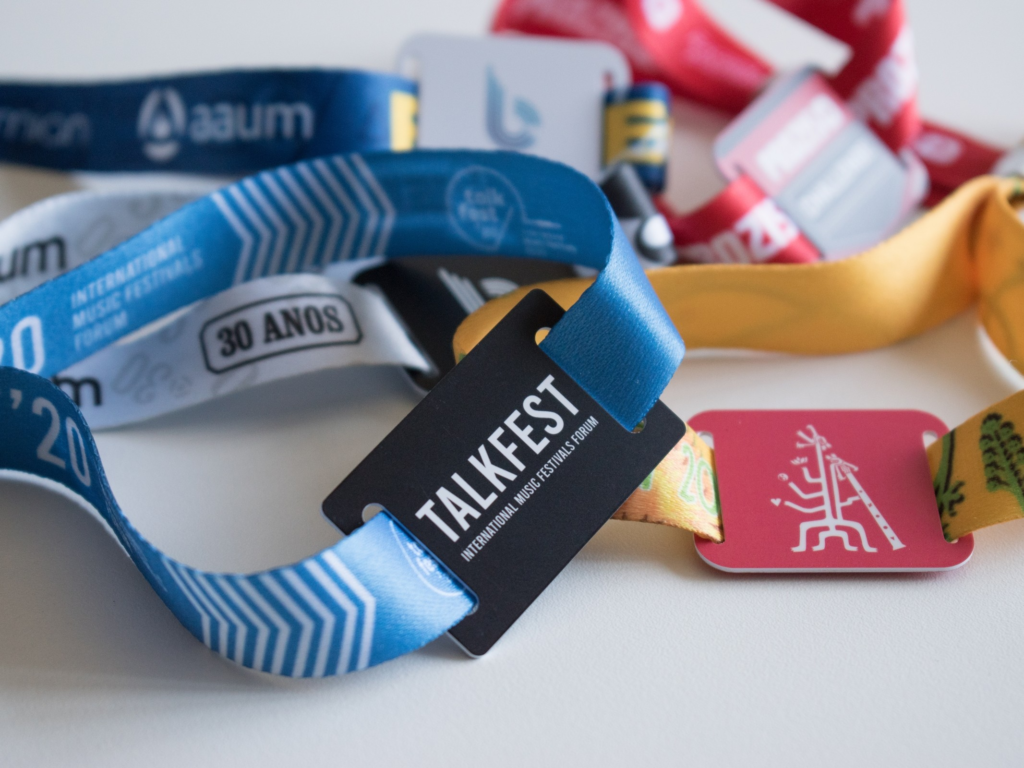
What to Consider When Choosing the Right RFID Wristband for Your Venue?
In an increasing number of industries, RFID wristbands are being adopted to improve access control, streamline transactions, and enhance the guest experience. RFID even provides real-time data capture, security, and convenience. With a wide variety of RFID wristband materials, chip technologies, and customization options, it’s crucial to select the appropriate wristband tailored to your venue’s unique needs.
Material Selection Based on Venue Type
Different venues have different wear-and-tear requirements. For example, waterparks need waterproof RFID Wristband options made of silicone or PVC, while one-day events may benefit from cost-effective disposable paper bands. Hospitals may prioritize antimicrobial surfaces, while nightclubs often look for sleek designs.
Choosing the right material ensures the wristband remains comfortable for the user while maintaining its performance throughout the event. It also influences how the brand is perceived. A flimsy band might imply a lack of professionalism, whereas a high-quality wristband can reinforce brand identity and enhance trust.

Chip Type and Memory Capacity
RFID chips vary in read range, memory size, and security features. For most venues, passive HF or UHF chips work well, but the right choice depends on your specific use case. For instance, payment and identity verification require more secure and higher-memory chips.
Some wristbands support encryption protocols and multi-application environments, allowing a single device to manage access, payments, and user tracking. By selecting the appropriate chip type, venues can ensure smoother operations and future scalability without needing to replace the entire system.
Integration with Existing Systems
An RFID wristband is only as valid as the system it connects to. Before making a purchase, confirm that the wristbands you choose are compatible with your venue’s existing software or point-of-sale systems. Seamless integration saves time, reduces errors, and enhances overall efficiency.
Custom APIs, SDKs, and middleware options often support broader compatibility. In many cases, vendors offer end-to-end support, ensuring a smoother deployment process. Choosing a wristband that integrates seamlessly with your current infrastructure prevents costly tech overhauls and minimizes downtime.

Branding and Customization Options
Brand presence matters—especially at public-facing events. RFID Wristband products can be customized with logos, color schemes, QR codes, or even NFC features to boost engagement. Well-designed wristbands not only control access but also serve as wearable advertisements.
Personalization goes beyond aesthetics. You can also assign different colors or codes to distinguish between access tiers, age groups, or staff roles. This adds a layer of operational simplicity while also enhancing user experience and venue professionalism.
Comfort and Wearability
No matter how advanced the technology, if the wristband isn’t comfortable, attendees will be reluctant to wear it. Factors such as size, flexibility, and adjustability play a huge role in user satisfaction. Silicone and woven fabric RFID Wristband styles are known for offering excellent wearability over long periods.
Additionally, hypoallergenic materials are essential in healthcare or children’s environments where skin sensitivity is a concern. Testing samples beforehand can help avoid ordering the wrong design in bulk and improve adoption rates among end users.
Environmental and Reusability Factors
More venues are looking to reduce waste and operate sustainably. Some RFID wristband options are reusable and designed for multiple-event use, while others are fully recyclable. Understanding your venue’s environmental policy helps you align wristband selection with sustainability goals.
For festivals or hotels with return programs, high-durability silicone bands make a great reusable solution. On the other hand, eco-friendly paper or bamboo wristbands are suitable for short-term use, resulting in a low environmental impact.

Cost-Benefit Analysis
Pricing varies based on features, but going for the cheapest option can backfire. Instead, conduct a cost-benefit analysis to match features with actual use cases. Investing in more durable or secure RFID Wristbands may lead to more prolonged use, higher customer satisfaction, and better ROI.
Additionally, inquire about bulk pricing, shipping times, and warranty options from vendors. Quality assurance measures and post-purchase support can significantly enhance the total value you derive from your investment.
What to Consider When Choosing the Right RFID Wristband for Your Venue
Selecting the right RFID Wristband depends on understanding your venue’s needs, user expectations, and operational constraints. From material and chip type to branding and system compatibility, each factor contributes to long-term success. By evaluating all these aspects upfront, venues can avoid costly mistakes and improve both the guest experience and operational efficiency.


